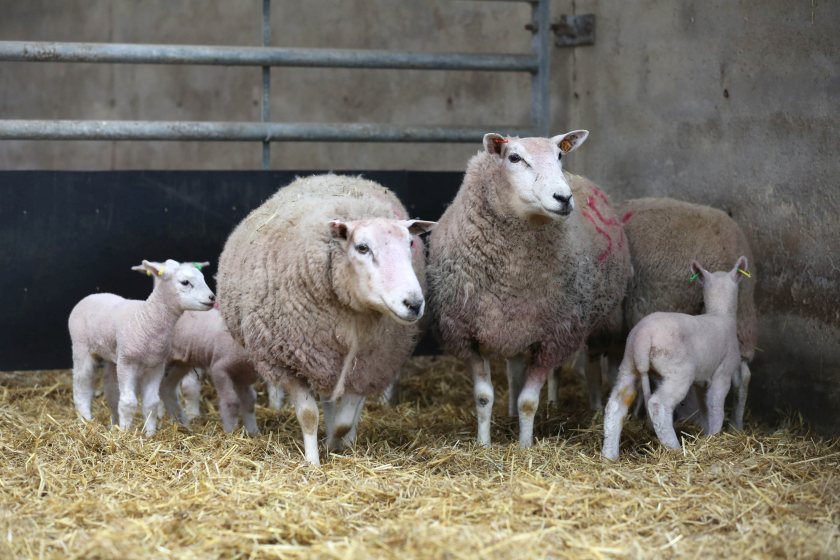
A subsidised service which helps British sheep farmers identify possible reasons for early lamb losses has opened until the end of June.
The FlockCheck diagnostic scheme allows farmers to ask their vet to blood test their flock for exposure to toxoplasmosis and enzootic abortion (EAE).
The opportunity to test GB flocks for exposure to toxoplasmosis opened on 1 February, with the EAE diagnostic phase starting on 1 April 2025.
The popular subsidised service, launched by MSD Animal Health UK, closes at the end of June 2025.
According to farmers, ewe reproductive failure, neonatal lamb disease and mortality are the three biggest factors limiting better flock productivity.
Toxoplasmosis and enzootic abortion continue to be significant causes of these unwanted flock heath issues.
Consequently, farmers who find that more than 2% of their flock is barren or aborting this lambing season are being urged to contact their vet to take advantage of the diagnostic scheme.
MSD Animal Health vet adviser, Dr Kat Baxter-Smith said: “From our own 2024 flock health survey of 966 sheep units, we know that more than 30% of flocks don’t know their barren ewe rate or are reporting a figure greater than 5% after lambing - this is concerning."
Farmers can take advantage of FlockCheck by asking their vet to take blood samples from six to eight aborted, unvaccinated ewes, or from barren ewes or ones that have produced weakly lambs.
Experience has shown that the results help vets and their farmer clients make more informed decisions about appropriate flock health measures.
Annual FlockCheck blood test results consistently demonstrate that a significant proportion of aborted ewes tested have been exposed to either toxoplasmosis or EAE – and sometimes both.
For example, 2024 results showed 80% of 382 sheep flocks had been exposed to toxoplasmosis and 26% to EAE, and 74 flocks (19.4%) had been exposed to both pathogens.
This is consistent with a recent APHA analysis showing that between 2002 and 2019, toxoplasmosis and EAE were the two most common diagnoses of sheep abortion.
According to Dr Baxter-Smith, both these causes of abortion can be responsible for reducing the number of lambs per ewes mated, which can increase workload and stress during lambing.
"For example, toxoplasmosis, caused by infection with the Toxoplasma gondii parasite, does not just cause abortion," she explained.
"It is also the main infectious cause of early embryo loss in sheep and a very common cause of barren ewes or weak, sickly live lambs.
"It is likely that almost all flocks in Britain have been in contact with this endemic parasite, which means all breeding sheep should be considered at risk.”
Dr Baxter-Smith also explained that one of the main reasons for such high levels of toxoplasmosis is that sheep can become infected very easily.
She said: “Sheep pick up the toxoplasma parasite from the environment and so normal biosecurity measures are not enough to control the disease.
"Infected cats shed toxoplasma eggs in their faeces and sheep become infected when they ingest these eggs from contaminated pasture, feed and water.
"The eggs are tough and can survive in the environment for over a year, which means farmers need to take steps to protect their sheep."
